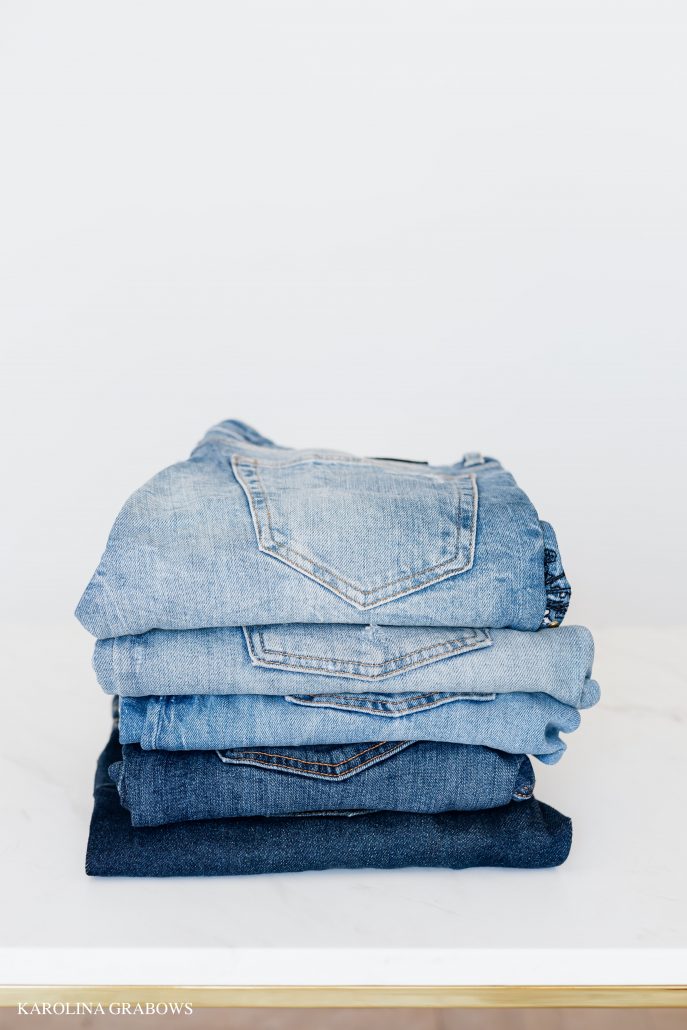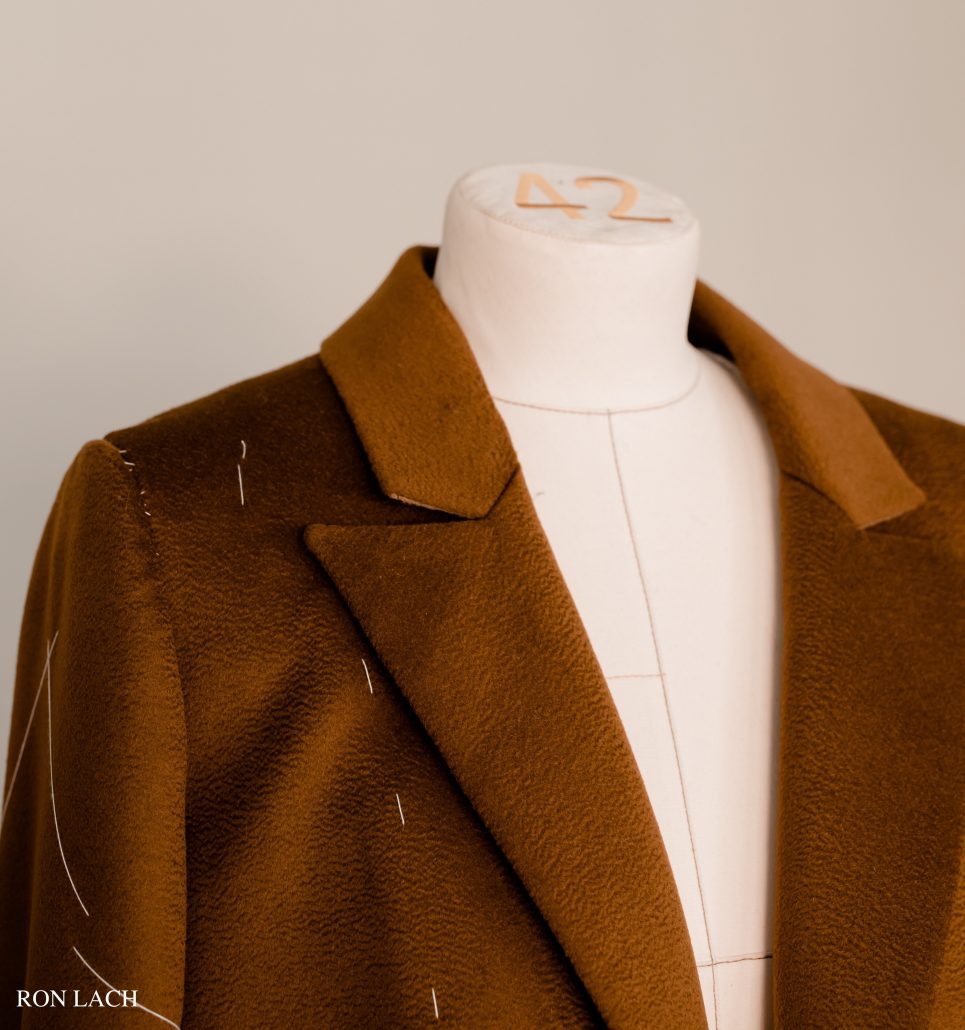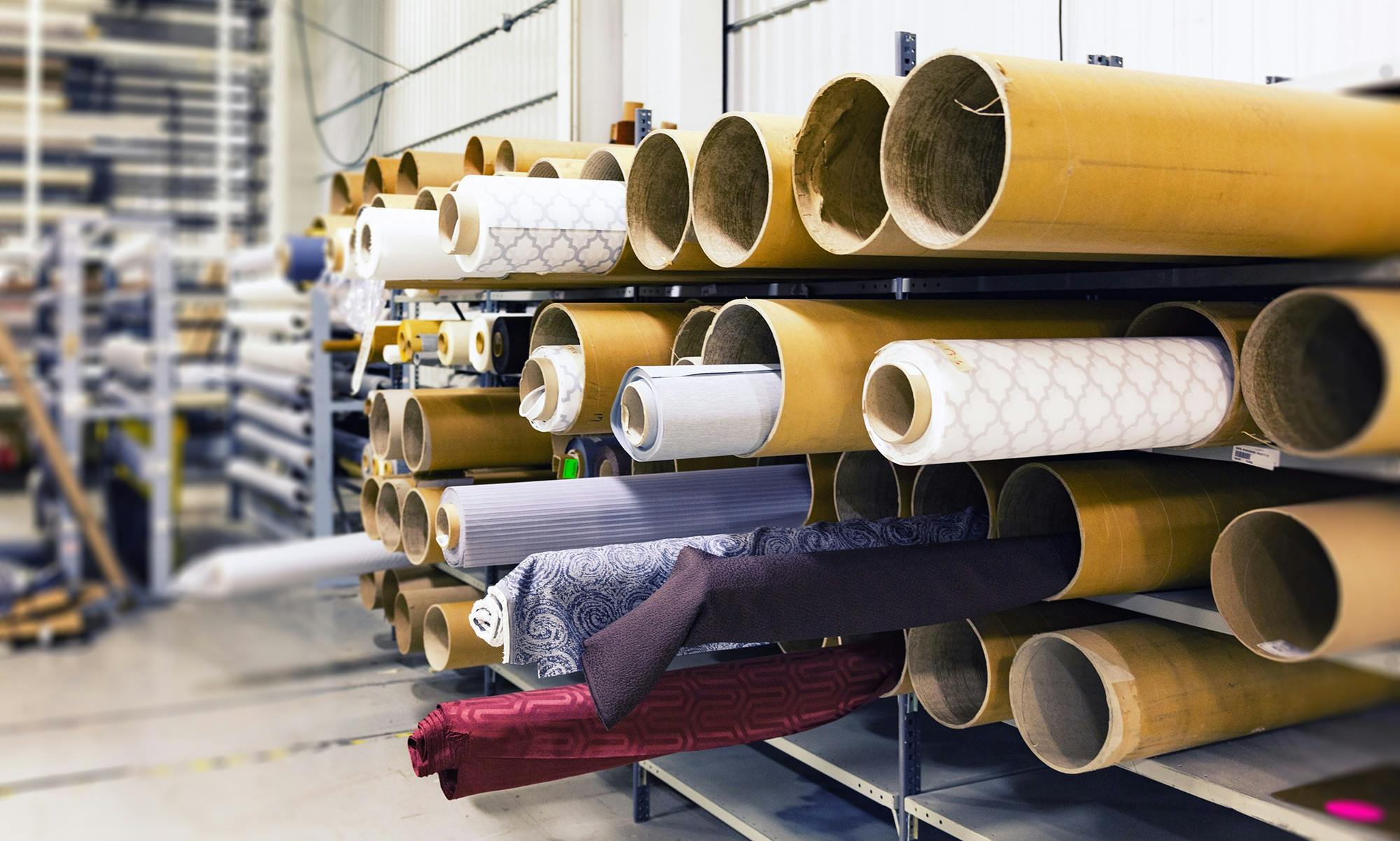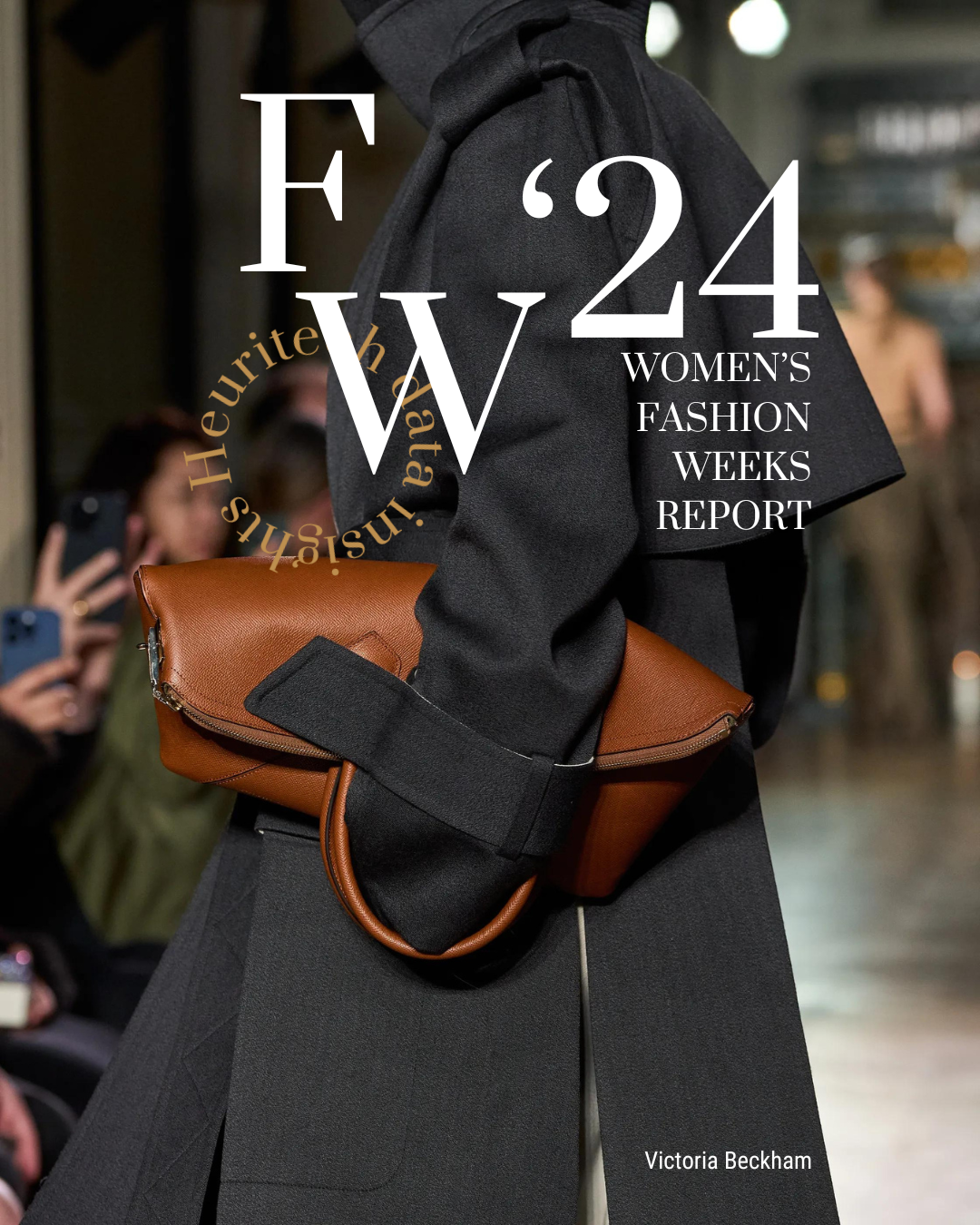Sustainability is defining the current zeitgeist and features in all facets of life, particularly in what we wear. Consumers invariably influence the fashion industry, and right now they are demanding for a paradigm shift to having sustainability, ethical practices, and transparency as the standard. According to Heuritech data, the social media hashtag #sustainablefashion, has skyrocketed in popularity, up 1000% in the 3 years from 2018. The fashion industry is listening and is transitioning to this new standard to satisfy customers and earn their trust. According to the Global Fashion Market Place sustainability report, 82% of brands believe that they need sustainable business development and innovation support. This seismic shift is neither simple nor quick to implement, and fashion brands have realised that marketing and broad statements are not enough, as consumers will call them out for green washing.
In response, the fashion industry is starting to implement sustainability within every facet of its business, from the materials it uses, to manufacturing processes to the recycling of their products. And the key feature in implementing all these processes? Technology.
How can technology make fashion more sustainable?
To propel the environmentally conscious movement forward, new developments in tech must be used to transition to sustainability. It may seem counterintuitive that technology, which is often an accelerator of waste, is imperative to fashion becoming more sustainable. In fact, a symbiotic relationship exists between the two. Water and energy consumption tracking,3-D and AI-assisted design, data analytics used for production and collection management are just a few examples of tech in sustainable fashion. Technology can be implemented across the production to end-user consumption cycle from the nascent stages of material sourcing to the final stages of delivery, packaging and user-feedback.
From the Source

It has been long known that synthetic fibres are major contributors to the pollution produced by the fashion industry. Not only are they non-biodegradable, but they require the use of hazardous chemicals to be made and ultimately release harmful microfibres into our water systems when washed. Synthetic fabrics, like polyester, are made from petrochemicals, which means that they are dependent on fossil fuels. Fossil fuels are of course detrimental to the environment because of their methane and CO2 emissions, wildlife disruption and the possibility of oil spills.
The demand for textiles is expected to more than double globally by 2050, which means sustainable solutions are critical. The answer may seem simple, that natural fibres, like cotton, are the best alternative. But they too can be problematic because of how water and land-intensive they are.
A promising solution for more sustainable textiles is the use of biotechnology. This typically involves is the application of science and technology to natural fibres to create different varieties of textiles with useful properties. Textiles can be made from bio-waste and are combined with existing fibres using chemical processes. An example of this is a German outdoor brand, VAUDE’s, use of QMILK felt. The QMILK felt is made from 20% milk and 80% wool. To make the felt, wool is intertwined with polymer chains of the milk protein casein- this protein is produced by raw milk that is unusable and normally regarded as waste.
Another application of biotech to materials is lab-grown textiles which uses bacteria, mycelium, and proteins. An example of a lab-grown material which is gaining popularity is mycelium. Mycelium is a leather grown from the root structure of mushrooms, which can be manipulated to grown certain textures or features. Mycelium is a zero-waste product and is also biodegradable.
Another promising innovation is AMSilk, which uses genetically engineered bacteria to produce spider silk protein which is then spun into fibres to create silk. One of the benefits of lab-engineered materials is that they can be altered at a molecular level, allowing more control. These biotech-inspired materials can help circumvent the issues of petroleum, animal use and the harmful chemicals used the during the production of traditional textiles. The Biotech textile industry is growing, however the biggest challenge it faces is that of scaling the processes for mass production. However, the technology offers a viable solution to the fashion industry’s environmental problems.

Transparency
Sustainability is increasingly at the front of the consumer’s mind, which means more are asking questions like “Where do my clothes actually come from?” Social media has given consumers a voice and as Heuritech data shows, consumers are driving the sustainable fashion movement with numerous hashtags like #FashionRevolution, which is the sustainable fashion movement that precipitated this cultural shift.
The movement encourages brands to be more transparent about their production chain with the use of:
#WhoMadeMyClothes
Consumers are seeking more than sustainability reports and promising green campaigns. They want access to information on where and how brands make their clothes and want to be able to trace the journey of what they buy.
Blockchain technology is allowing consumers access to the production cycle of their goods and enables their following the often-complicated supply chains. Blockchain technology is fast growing and has seen an increase in investment at a compound annual growth rate of 90 per cent over the past five years, according to Venture Scanner co-founder Nathan Pacer. The technology creates a permanent and accessible public leger of the different stages of a brand’s supply chain. What makes this information reliable is that the results cannot be manipulated, which prevents brands from greenwashing.

Start-up Provenance has created a blockchain platform which brands can implement to allow customers access to supply-chain information. This information includes details about the quality of the working conditions where garments are made and garment timelines tracing a garments journey from the start. Heuritech found that over the past 3 years there have been 25 million posts and 400 hashtags on sustainable fashion on Instagram, from consumers and influencers in the US and Europe. This data proves that consumers are demanding change in the industry and want fashion brands to become more transparent.
Manufacturing
The fashion industry has a problem with overproduction, which most often results in new, unworn clothes ending up in landfills. According to CB Insights, in 2018 a Highstreet brand reported unsold clothes worth $4B globally. This is where Artificial-Intelligence and machine learning can really be of benefit.
Fashion brands can use these technologies to determine the amount of clothes they need to produce and avoid overstocking.
Heuritech does this by using its Artificial-Intelligence platform to collect and analyse data from millions of social media images. This data is then used to predict product trends and analyses how they will behave. Heuritech’s technology can be used to forecast product quantities and optimize product assortment to ensure that a brand’s products are long lasting successes. This technology results in a 9% increase in sales and a 13% decrease in stock- meaning what you produce gets sold and brands aren’t faced with the problem of overstocking.
The greatest benefit of technology like Heuritech’s, is that it is implemented at the beginning stages of the design process. It eliminates the problem of overproduction before a collection has even gone to production.

3D modelling is another fast-evolving technology which can be used after the design stage of a collection. 3D technology can be used to create virtual samples of an upcoming collection which can be sent to buyers around the world, with a much lower carbon footprint. 3D sampling reduces waste as there is no physical production involved nor travel. 3D modelling is also available to determine the exact measurements and dimension of customers. Brands receive the individual measurements of customers and can manufacture clothing to fit different body types. This technology results in consumers receiving clothing that fits and avoids the problem of mass returns of clothing which has been designed according to limited average body sizes.
3D modelling is also digitizing the trying on process. With the combination of a customer’s dimensions and the dimensions of a piece of clothing, 3D modelling can render an image of a customer wearing a brand’s collection.
Circular Fashion
The final stage of a garment’s life, after being bought and worn is to end up in a landfill, where it will remain for anywhere between 1 and 50 years. To close the loop in the production cycle of clothing, garments should be recycled. This is called circular fashion, which combats the linear trajectory of fashion ending up in landfills. 73% of clothing is either incinerated or ends up in landfills, according to CB Insights.

By virtue of being cyclical, the circular fashion model enables garments to be re-used and recycled. Evrnu is a textile company that used their own technology called NuCycl, which creates engineered fibres from discarded clothing. Evrnu first sorts through recuperated clothing with cameras, which is then graded and then shredded. The recycled fabric is then dissolved into a pulp which is sent to fibre producers. Other companies specifically recycle cotton and viscose. Many fashion brands collect worn garments that can be recycled or help consumers with the process of re-selling their worn garments.

Another proponent of circular fashion is the ever-growing resale and second-hand economy. Heuritech found that the hashtag #vintage increased by 8%, while #secondhand increased by 15% on Instagram in the US and Europe during 2019. The #secondhand has seen a particular increase in popularity on Instagram as it is a trend directly linked to fighting fast fashion.
In conjunction with online second-hand stores like Poshmark, DePop and Vestiaire Collective there are companies who perform all the tasks of reselling clothes for you- all you have to do is send them the clothes you want to sell.
ThredUP is one such company. Consumers can order clean out kits on the ThredUP app and can choose either to donate their second-hand clothing or to send it to ThredUP to sell for you through their website. Once the items are uploaded onto TherdUP’s website, bidding can commence. When the item is sold, the consumer receives a percentage of the profit. Companies like ThredUP are looking to directly collaborate with fashion labels and use their technology and resale systems to sell unsold clothing for them.
To become more sustainable, the fashion industry needs to turn to innovative technology. The people have spoken and have voiced their concerns about the environmental and social impacts of the fashion industry. Consumers have also proven that they are willing to pay more for clothing they know to be sustainable from brands committed to transparency.
The demand for sustainable fashion is increasing the development of technology, which will hopefully be scaled up in the future. Technology can provide the tools necessary to create systemic change within the industry to reduce its environmental impact. The fashion revolution has taken hold and the necessary change the industry needs is no longer a question of how, but when.




